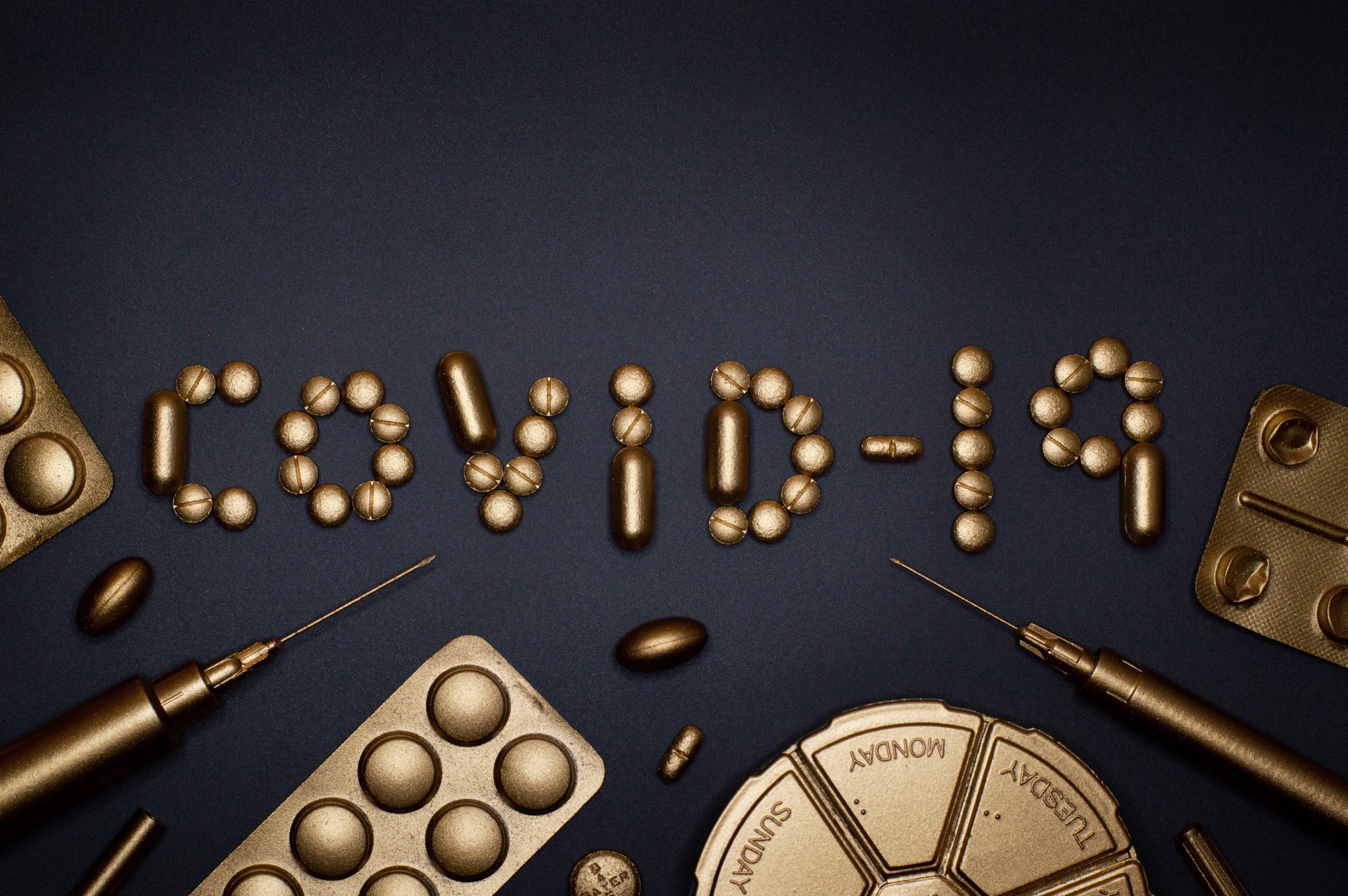Novel mRNA vaccine GLB COV2 043 shows high efficacy against COVID 19 variants in early trials


By Tarun Sai Lomte Dec 5 2023 Reviewed by Lily Ramsey, LLM
In a recent study published in Scientific Reports, researchers examined the safety, efficacy, and immunogenicity of a messenger ribonucleic acid (mRNA)-based vaccine for coronavirus disease 2019 (COVID-19) in animal models.
Study: Safety, immunogenicity and efficacy of an mRNA-based COVID-19 vaccine, GLB-COV2-043, in preclinical animal models . Image Credit: BaLL LunLa/Shutterstock.com Background
The COVID-19 pandemic has had a significant impact on the global economy and public health. Despite the introduction of different types of COVID-19 vaccines, the inequitable distribution resulted in greater vaccine coverage across developed nations than in low- and middle-income countries. Thus, equitable access to vaccines is necessary to alleviate the global impact of the pandemic.
Previously, the study’s authors provided preliminary data on a COVID-19 mRNA vaccine candidate, GLB-COV2-043, developed by GreenLight Biosciences.
It is pseudouridine-modified mRNA encoding the full-length spike of the severe acute respiratory syndrome coronavirus 2 (SARS-CoV-2) Wuhan-Hu-1 strain. In preclinical studies, a two-dose regimen was found to be immunogenic and protective. The study and findings
In the present study, researchers examined the potential of GLB-COV2-043 as a booster dose in preclinical animal models. The mRNA was transfected into HEK293FT cells, and western blotting confirmed protein expression. Additionally, confocal microscopy was used to verify the expression of the full-length spike protein.
HEK293FT cells were transfected with 50 ng or 500 ng of the mRNA, and binding of the recombinant human angiotensin-converting enzyme 2 (hACE2) to the cell surface-expressed spike protein was analyzed 24 hours after transfection. This revealed effective binding between membrane-bound spike and hACE2.
Next, C57BL/6 mice were immunized with the GLB-COV2-043 mRNA-lipid nanoparticle (LNP) vaccine on days 0 and 21.
Three groups of mice received increasing doses (0.1 – 10 µg) of the vaccine. Sera collected three or six weeks after immunization showed robust binding immunoglobulin G (IgG) antibodies against S1 of the Wuhan strain and Omicron BA.1 variant in a dose-dependent manner. Related StoriesLeading public health groups urge high-risk patients to get flu shotEvaluating the safety and efficacy of thalamic DBS in treating traumatic brain injuryCOVID-19 vaccines offer protection against long-term effects, study suggests
All recipients of the 0.1 µg dose showed seroconversion against Wuhan S1. The second dose increased IgG titers by 1.5-fold. Although no animal seroconverted against the S1 of Omicron BA.1 after the first immunization with the 0.1 µg dose, all mice exhibited high anti-BA.1 titers after the second dose.
In addition, the team measured binding titers against the XBB.1.5 variant. After the first dose, almost half of the animals in the 0.1 µg group demonstrated seroconversion against XBB.1.5, whereas all animals in the one µg or ten µg group showed seroconversion. After six weeks, all animals had high levels of binding IgG against XBB.1.5.
Pseudovirus neutralization assays revealed high levels of homologous neutralizing antibodies (nAbs) after a single dose of 1 µg or 10 µg vaccine; a second dose increased nAbs by 1.4- or 1.3-fold, respectively.
Notably, no or mild neutralizing response was observed against BA.1 and XBB.1.5 pseudoviruses three weeks after the first immunization with 1 µg or 10 µg vaccine.
A second dose doubled nAb levels against BA.1, but the response against XBB.1.5 remained mild. Sera from animals in the 0.1 µg vaccine group were unresponsive against Omicron variants.
Four months after the second dose, a third or booster dose (10 µg) was administered. The third immunization induced a gradual increase in antibody titers over time.
Robust binding IgG titers were evident after the booster dose against all variants that remained steadily high over four months. The booster immunization significantly increased neutralization titers against all tested variants. The researchers observed that a T helper cell 1 (Th1)-skewed immune responses in mice.
Next, the team examined whether vaccination would induce long-term immune response. To this end, they investigated spike-specific antibody-secreting cells, memory B (BMEM) cells in circulation, and long-lived plasma cells (LLPCs) in the bone marrow four months after the third vaccination.
SARS-CoV-2 Wuhan- and BA.1 spike-specific BMEM cells and LLPCs were detected. Further, the researchers detected high levels of cluster of differentiation 4-positive (CD4+) and CD8+ effector memory T cells producing Th1-type cytokines, interleukin-2 (IL-2), tumor necrosis factor (TNF)-α, and interferon (INF)-γ.
Next, the team examined the effects of primary vaccination with GLB-COV2-043, followed by booster vaccination with a bivalent vaccine (containing a mix of GLB-COV2-043 and GLB-COV2-076 [BA.1 spike mRNA]) in Syrian hamsters. All hamsters developed nAbs against the Wuhan strain independent of the vaccine antigen and number of doses.
Although nAb titers increased after the second dose, they remained plateaued and were unaffected by the third dose. A single dose of the GLB-COV2-043 vaccine did not induce nAbs against BA.1, but nAbs were detected after the second dose. The third dose significantly increased nAbs against BA.1 independent of the vaccine antigen. Conclusions
The study demonstrated that the GLB-COV2-043 and GLB-COV2-076 vaccine candidates elicited high levels of antibodies in hamsters and mice against several SARS-CoV-2 variants. Further, vaccines triggered long-term immune responses.
The findings indicated that vaccine candidates were immunogenic and protected against the live BA.1 viral challenge.
Overall, the study illustrated that the vaccine candidates elicit robust cellular and humoral responses, establishing the modified mRNA-LNP vaccine platform for further clinical investigations. Journal reference:
Lelis F, Byk LA, Pustylnikov S, et al. (2023) Safety, immunogenicity, and efficacy of an mRNA-based COVID-19 vaccine, GLB-COV2-043, in preclinical animal models. Sci Rep, doi: 10.1038/s41598-023-46233-6. https://www.nature.com/articles/s41598-023-46233-6